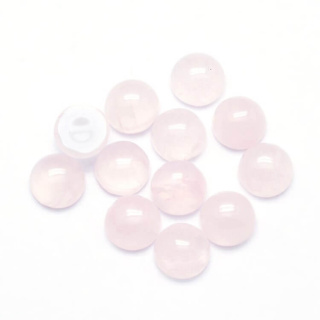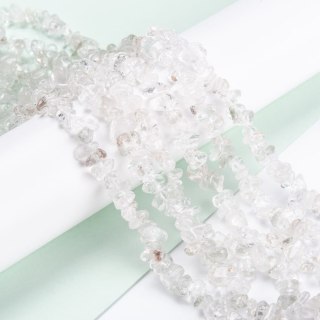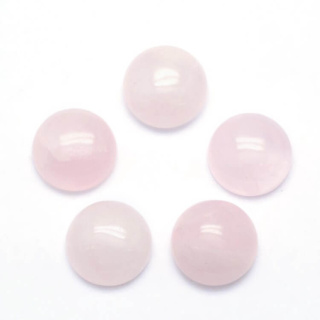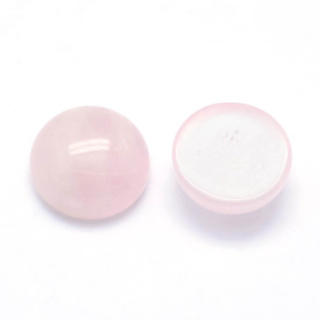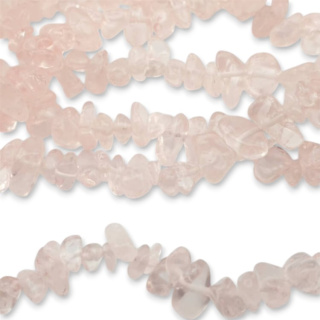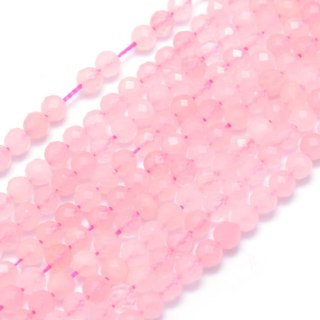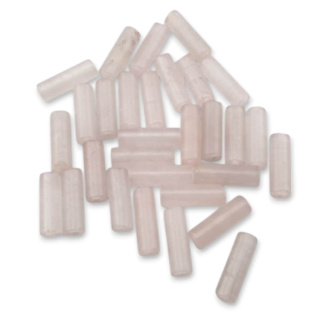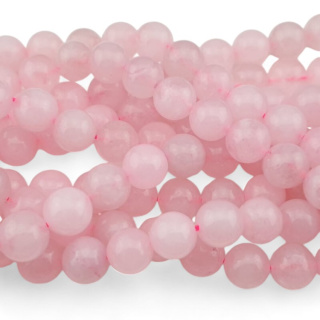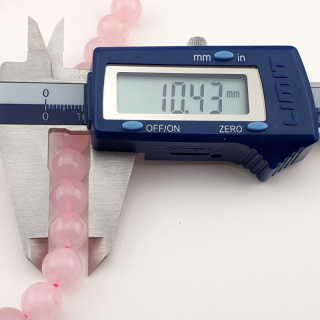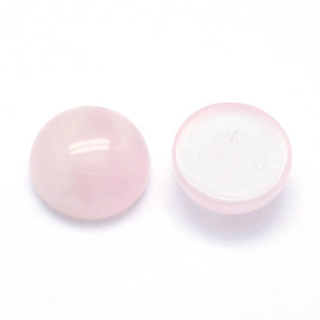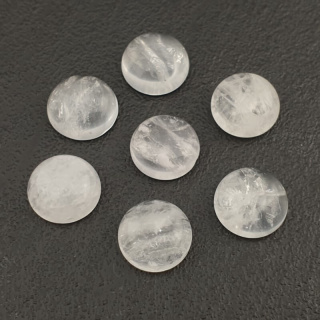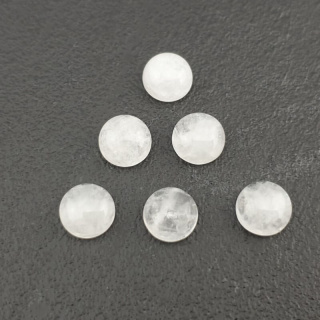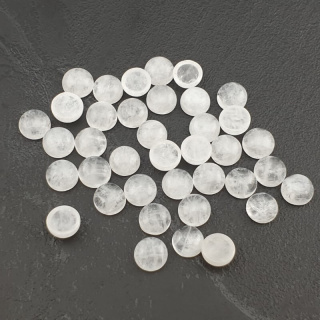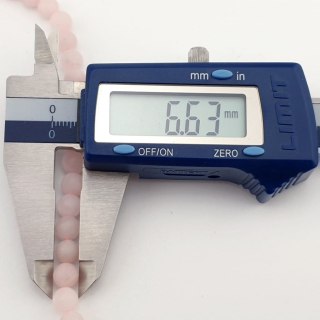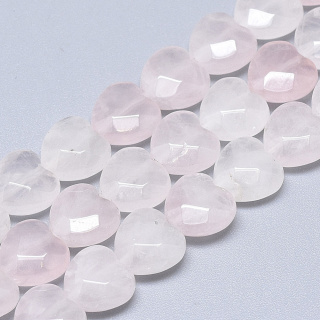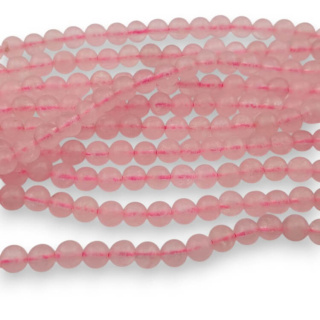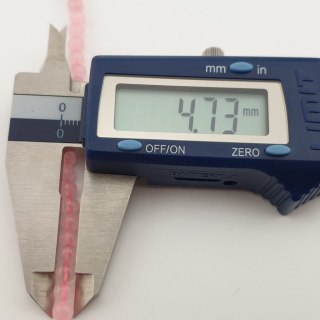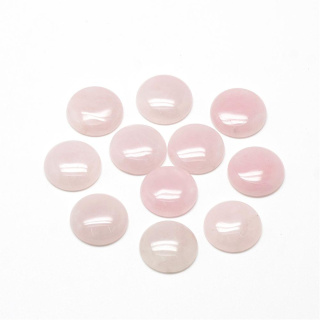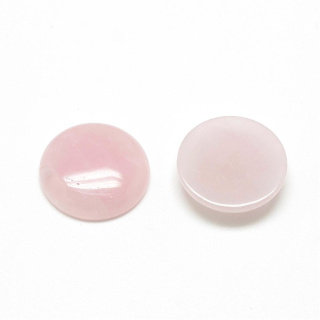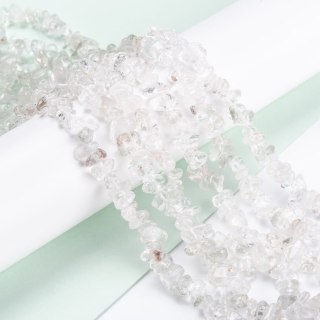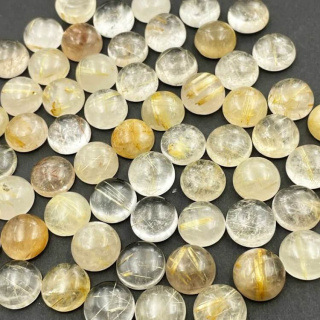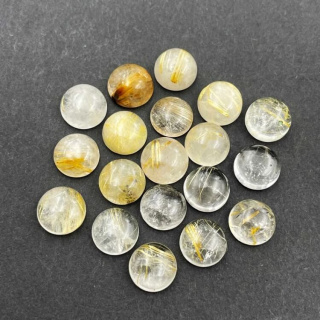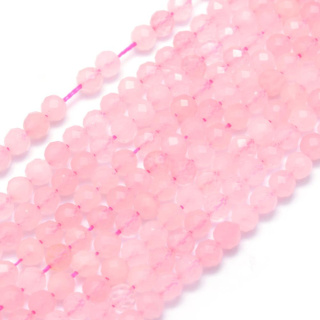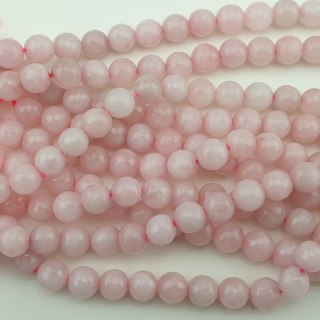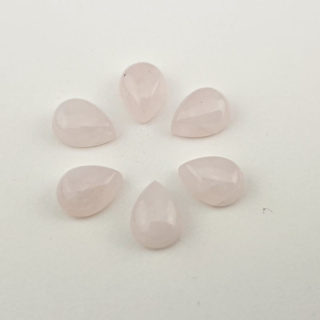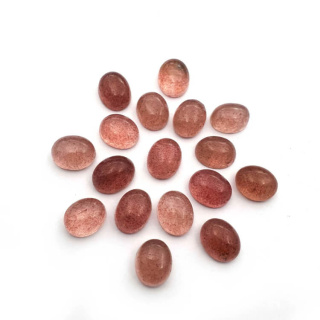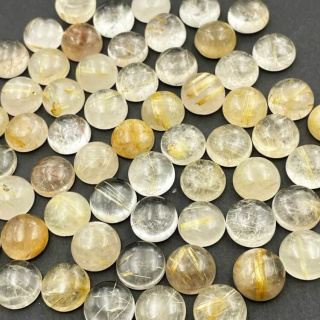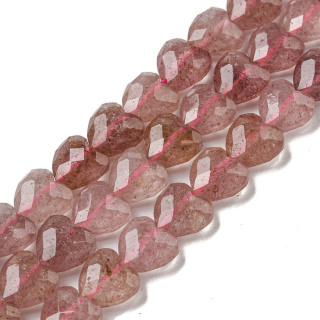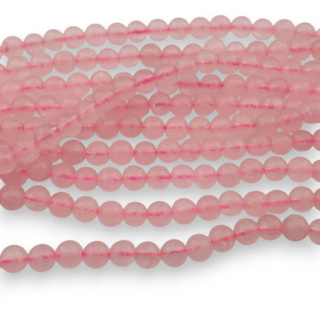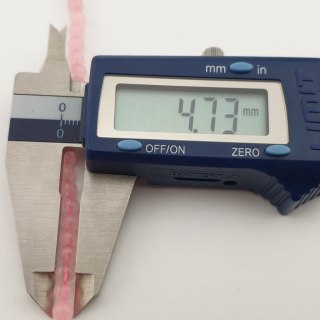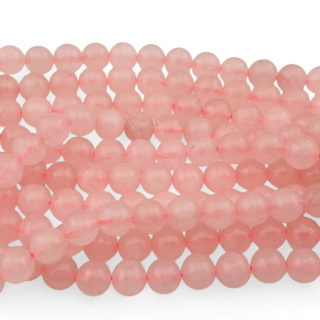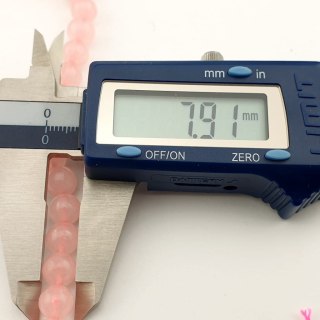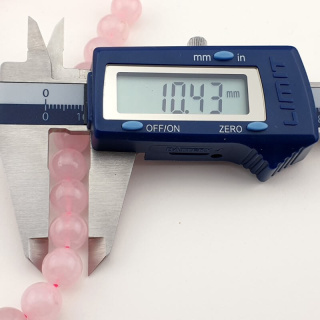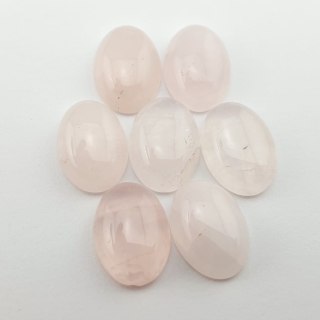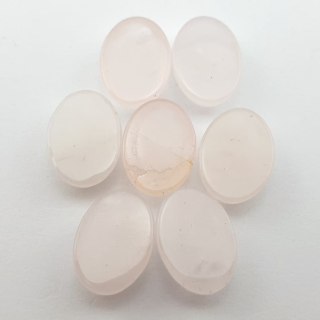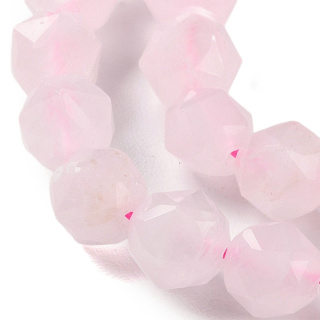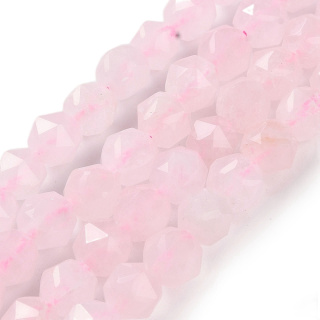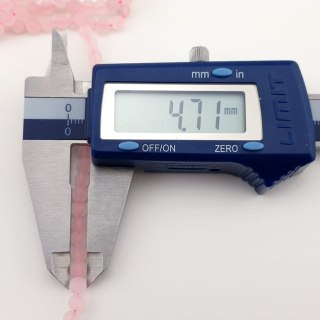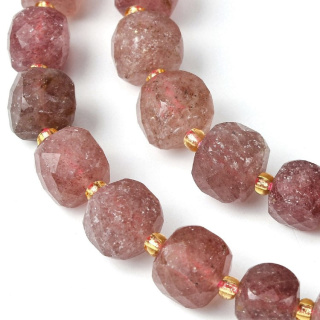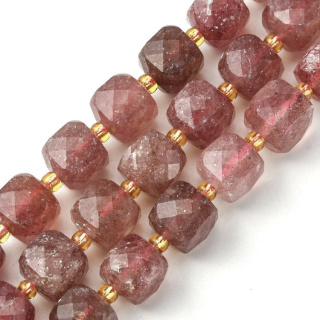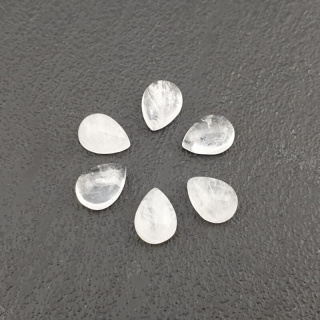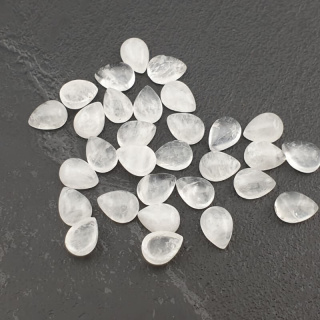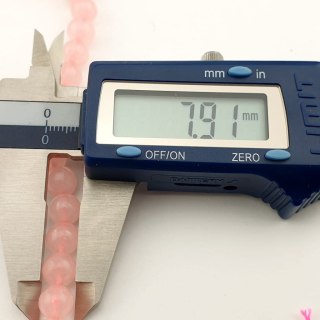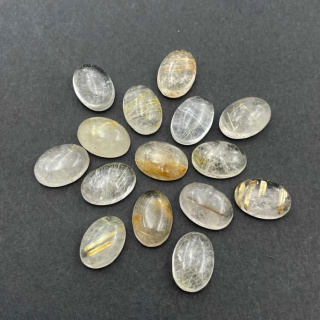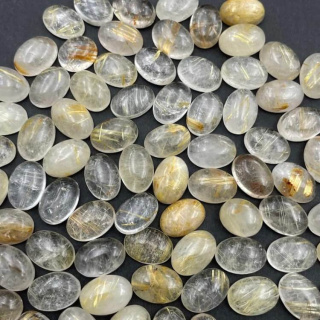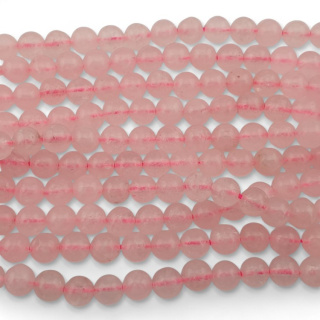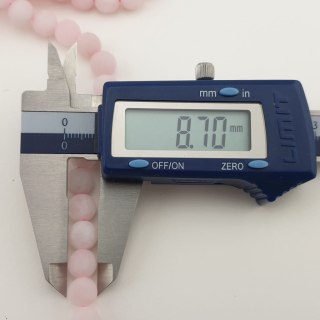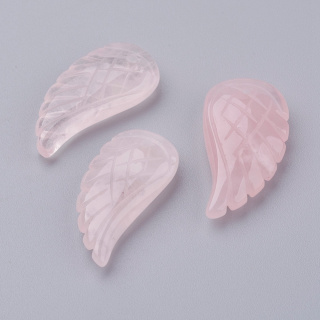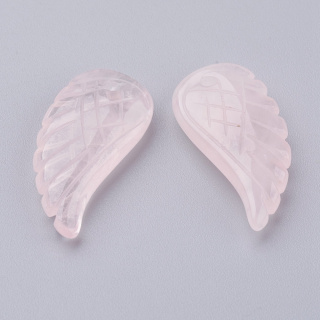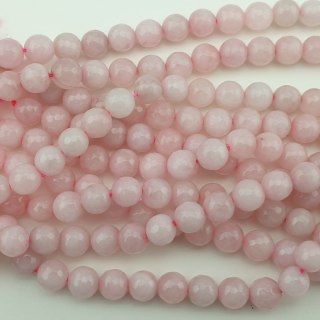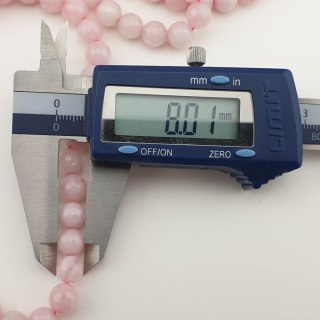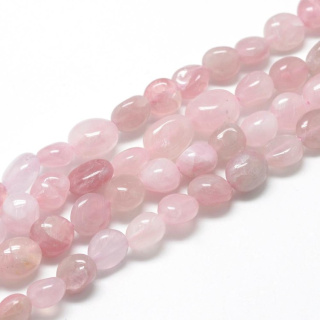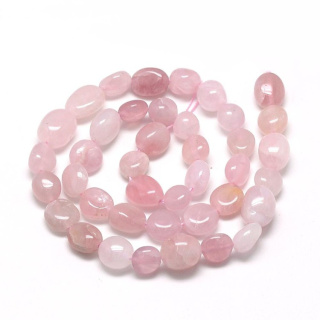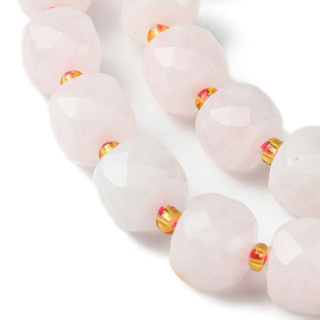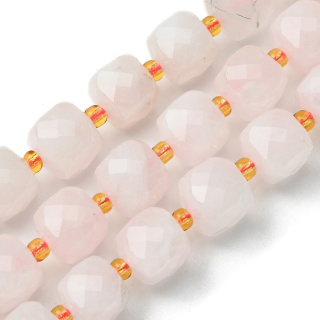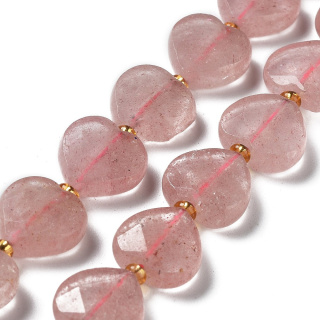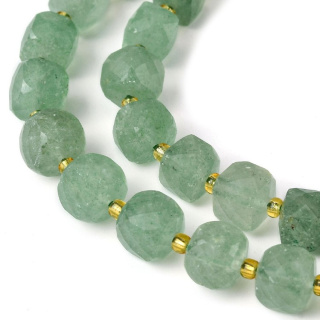Quartz is a stone of fire and ice. Characteristics, uses, and varieties of the mineral quartz
Number of products : 1284What is quartz?
Quartz is one of the most common minerals on earth. It is a crystalline form of silica, which belongs to the group of oxide minerals. Its chemical composition is silicon dioxide (SiO2). Quartz comes in different varieties, which means it can take on different colors and appearances.
Characteristics of quartz
Hardness: Quartz stone has a high hardness, reaching a value of 7 on the Mohs scale. This is one of the reasons why it is popular in jewelry and crafts.
Color: Depending on impurities or other factors, quartz can occur in various colors. For example, amethyst is purple quartz, rose quartz is pink, citrine is yellow, and smoky quartz is brown.
Fracture: Quartz has a conchoidal fracture, which means it breaks into curved pieces, similar to shells.
Transparency: Quartz occurs in many degrees of transparency, ranging from transparent to translucent to almost completely opaque.
Purity: Pure quartz is colorless, but various impurities and admixtures can give it different colors.
Uses: Depending on its variety, quartz can have different uses. For example, amethyst is popular in jewelry, smoky quartz is used in tiles and countertops, and crystal quartz is used in electronic technology as a semiconductor.
Quartz is one of the most diverse minerals and includes numerous varieties, some of which are particularly popular and recognizable. Here are some of the most important varieties:
Smoky quartz
It has a brown or gray-brown color, which can be light or deep, resembling the color of smoke. Smoky quartz is used in jewelry, especially in the form of cut stones.
Rose quartz
Beautiful rose quartz is commonly used in jewelry making. It is a natural stone, and the color of rose quartz comes from titanium impurities.
Green quartz
This variety can have different shades of green and is used both in jewelry and for decorative purposes. Green quartz also has other names such as: Prasiolite, Prazilite, Green Amethyst.
Quartz with rutile, Quartz with tTourmaline
Quartz with rutile is characterized by the presence of thin golden or red rutile fibers, which give it a distinctive optical effect called “rutilation.” It is a popular variety of stone for jewelry production. Quartz with tourmaline looks similar, but contains black fibers of black tourmaline.
Amethyst and Citrine
Amethyst and citrine are also quartz. Amethyst is its purple variety, and its color can range from light purple to deep purple. Amethyst is one of the most prized gemstones and is widely used in jewelry. Citrine is a yellow or yellow-gold variety. It is often used in jewelry and arts and crafts.
These are just a few of the many varieties of quartz stone that can be found on the mineral and gemstone market. Each of these varieties has its own unique characteristics that attract collectors and artists from various fields.
What is the history of quartz crystal use?
Quartz crystals have a long and rich history of use by mankind. Its use dates back thousands of years and encompasses a variety of areas of life. Here are some important points in the history of this stone's use:
Tools and weapons: In prehistoric times, when humans were still hunters and gatherers, quartz stone was used to make tools and arrowheads. Its hardness and ease of processing made it an excellent material for making blades and other tools.
Jewelry and ornaments: Jewelry made of quartz was widely produced and used in ancient times. In ancient Egypt, Greece, and Rome, beautiful quartz crystals were popular in jewelry for the rich and influential. Amethyst, beautiful pink quartz crystals, and citrine were particularly prized. Its variety of colors and transparency allowed artists to create beautiful works of art and jewelry with quartz.p>
Spiritual and religious elements: Quartz stone also had spiritual and religious significance in various cultures. In ancient Egypt and Greece, amethyst was considered a protective stone against alcohol and negative influences. In many cultures, quartz stones were used as amulets and talismans to bring good luck and protection.
Medicine and healing: In ancient times, quartz was used in medicine and healing, and its properties were believed to promote health and healing. Pink quartz, for example, was considered a stone of love and harmony, while amethyst was believed to help calm the mind and treat headaches.
Technology: Today, quartz is widely used in the electronics industry. Its unique piezoelectric properties make it useful in oscillators, resonators, and other electronic components.
What are the physical and chemical properties of quartz stone?
Quartz hardness: Quartz stone has a Mohs hardness of 7, which means it is harder than most natural minerals. It is resistant to scratches and damage.
Density: The average density of quartz is approximately 2.65 g/cm³. It is a mineral with a relatively low density, which allows for relatively light and durable jewelry and decorative items.
Fracture: Quartz has a conchoidal fracture, which means that it breaks into curved pieces, similar to shells. This fracture is characteristic of crystalline minerals.
Color: Quartz comes in a variety of colors. Typical colors of quartz include colorless (which is the most common), purple, pink, yellow, brown, green, and many others.
Transparency: Quartz can occur in varying degrees of transparency, from completely transparent to completely opaque.
Crystallographic system: Quartz has a regular crystal structure and belongs to the class of minerals with a trigonal crystal system.
Chemistry: Quartz stone consists mainly of silicon dioxide (SiO2). Pure quartz is colorless, but various impurities and admixtures affect its color.
Occurrence: Quartz is commonly found throughout the world and occurs in various geological environments, such as sedimentary, igneous, metamorphic, and hydrothermal rocks.
Refractive index: The refractive index of quartz is approximately 1.544, which affects its appearance and luster.
Does quartz have health or spiritual properties?
Yes, quartz has been attributed with various health and spiritual properties in many cultures around the world for centuries. However, it is important to note that these beliefs are not supported by scientific research and are considered esoteric, spiritual, or folk traditions. Here are some of the popular beliefs associated with the properties of quartz:
Health properties:
Amethyst: It is considered a protective stone against excessive alcohol and toxic substances. In some traditions, it has been used to help combat addiction.p>
Pink quartz: It is attributed with harmonizing and loving properties. It is believed to promote love and compassion, as well as help with emotional control. p>
Citrine: Citrine is believed to bring joy and optimism. It is associated with improving mood and boosting energy.
Smoky quartz: It is believed to have a cleansing effect and attract positive energy, and may also help with stress and anxiety.
Spiritual and energetic properties:
Protection: In many cultures, quartz is considered a protective stone that can help ward off negative energy and protect against evil influences.
Energy enhancement: Quartz is believed to enhance energy, both spiritual and physical. In spiritual traditions, it is often used to increase energy vibrations.p>
Meditation: In meditation, quartz can be used as a tool to increase concentration and focus. It is believed to help achieve peace and balance. p>
However, it should be emphasized that these beliefs are often subjective and depend on individual beliefs and experiences. Quartz stone may act as a symbolic spiritual tool for some people, or even as a way to relax and increase emotional well-being. For others, however, it may be seen merely as a beautiful mineral or decorative element. It is always advisable to approach any beliefs associated with gemstones and their spiritual properties with caution, bearing in mind that they have no scientific basis.
The identification and quality assessment of quartz can be performed both in the laboratory and in the field. There are many methods and tools that can help determine the authenticity and characteristics of quartz. Here are some ways that are used to identify and assess the quality of quartz:
Hardness test: Using the Mohs scale to test the hardness of a stone can help determine whether it is indeed quartz. Quartz is classified as a mineral with a hardness of 7 on the Mohs scale.
Density test: Measuring the density of a stone can provide clues about its type. Quartz stone has an average density of approximately 2.65 g/cm³.
Optical tests: Various optical tests, such as measuring the refractive index and the color of quartz, can be used in a laboratory to identify the stone as quartz.
Piezoelectric test: If the appropriate equipment is available, a piezoelectric test can also be performed to check whether the stone exhibits a reaction to mechanical stress characteristic of quartz.
Spectroscopy: Advanced techniques such as infrared (IR) spectroscopy or Raman spectroscopy can be used in the laboratory to analyze the characteristic absorption spectra of quartz stone.
Microscopic analysis: A microscope can be used to examine the microstructure of the stone, which can provide information about its origin and authenticity.
![[{[item.product.name]}]]([{[item.product.photo.url]}] 75w)












